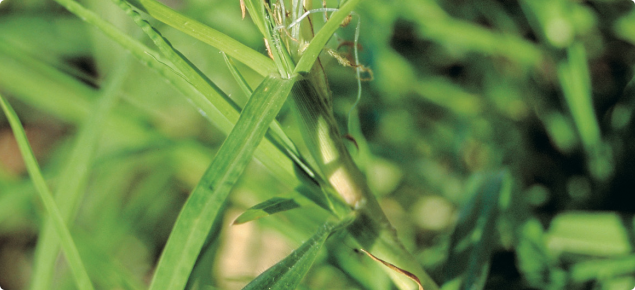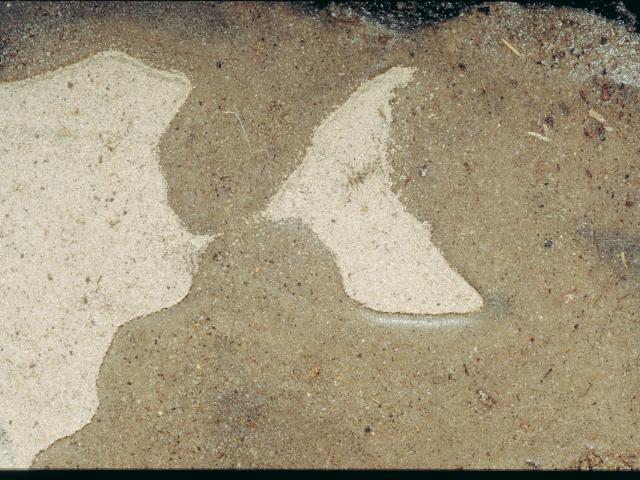Grass varieties
Warm season varieties are the most commonly used grasses in Western Australian home gardens. They include types of couches, buffalo grass, paspalum species, zoysia and kikuyu. These grasses grow best in temperatures between 27-30°C, are heat and drought tolerant and use minimal water. Many warm season varieties are less adapted to shade and may turn brown in winter.
Irrigation, thatch and dry patch management
All home lawns in Perth and many country areas are subject to water restrictions with those on scheme water allowed to irrigate on nominated watering days up to twice a week and those on bore water up to three times a week before 9am or after 6pm. Permanent winter sprinkler bans apply to all scheme and bore water users in Perth, Mandurah and some parts of the south west, from 1 June to 31 August each year.
The length of watering depends on the reticulation system but is about ten minutes per station for pop up sprinklers. For recommended water use times for other sprinklers consult the Water Corporation website.
A symptom of long term water repellence, and the most common lawn problem in Perth, is 'dry patch', which is often confused with a fungal or insect problem. Dry patch management is described in more detail at Lawn problems.
Water repellence may be noticed in Perth’s soils as the season progresses. This becomes apparent through water ponding and water infiltrating into only the top layer of the soil profile. Water penetration can be greatly improved by applying soil wetting agents. Make sure you wet the soil before and after you apply the wetting agent.
Water repellence can also be caused by thatch — a layer of vegetative and dead material which accumulates as the lawn grows. Do not allow the thatch layer to become more than 13mm thick.
Commercial operators use vertimowers to remove thatch layers in lawns, preferably in spring. Vertimowers have blades set vertically to cut into the grass and soil and rejuvenate the lawn.


